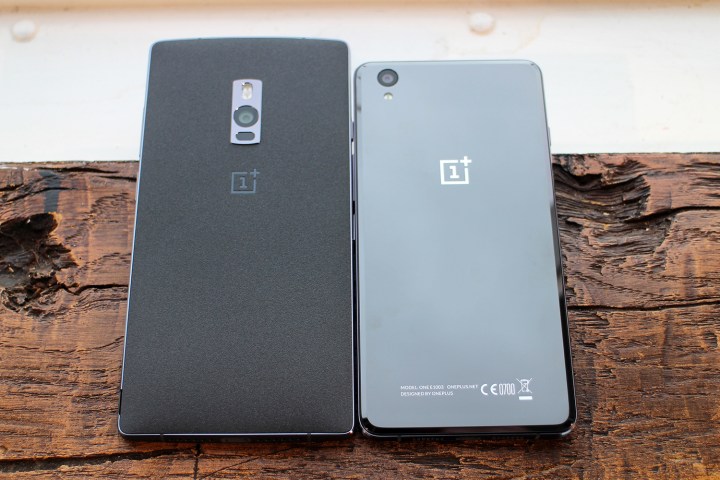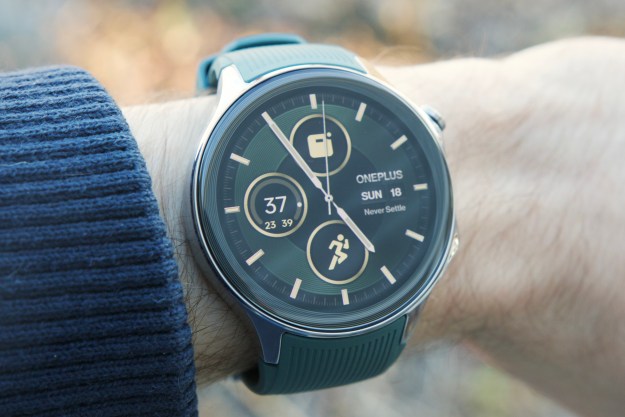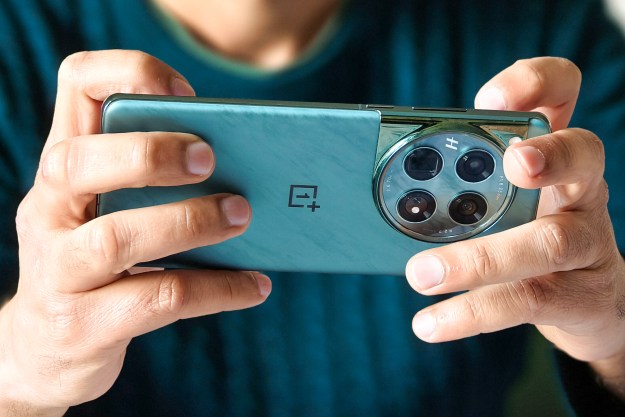
Most importantly, On-Guard covers the dreaded broken screen scenario, along with other forms of accidental damage, including water damage and accidental drops, plus according to a OnePlus blog post on the subject, vandalism. We’re not sure how often that happens to a phone, but should your OnePlus 2 get tagged by someone with a spray can, it looks like a nice new phone is only a claim away.
OnePlus has partnered with German product insurers simplesurance for the On-Guard plan, and has set a 40 euro price for a year’s worth of coverage, or 65 euros for two years. That’s about £28/$44 and £46/$71 respectively, but the official regional prices have yet to be confirmed. The name of the underwriters for the U.S. and Canadian cover is also unknown. The cover is purchased alongside the OnePlus 2 through OnePlus’s own website, and buyers who don’t select it the first time around, have 15 days to pop back and buy it.
The company will add the insurance plan to the OnePlus X, and it’ll be available for the phone’s launch later this month. The OnePlus X has a glass or ceramic rear panel to go with the glass screen, so grabbing some insurance may be wise if you’ve got slippery fingers. If you own a OnePlus One, or already own a OnePlus 2, there’s no option to purchase the coverage separately.
The OnePlus announcement comes very soon after Motorola and Verizon introduced the tough Droid Turbo 2, with its clever Shattersheild screen tech to avoid breakages. Before this, Apple added its AppleCare coverage to sweeten the deal of buying an unlocked iPhone 6S through the Apple Store, and HTC launched the Uh-Oh plan to lessen the pain of accidental phone breakage.
Editors' Recommendations
- OnePlus surprises us with dazzling Android tablet and smartwatch
- The OnePlus 12 is the OnePlus phone I’ve been waiting for
- The OnePlus Watch 2 is the Wear OS smartwatch I’ve been waiting for
- Does the OnePlus 12 have a curved screen?
- Is the OnePlus Watch 2 waterproof?




